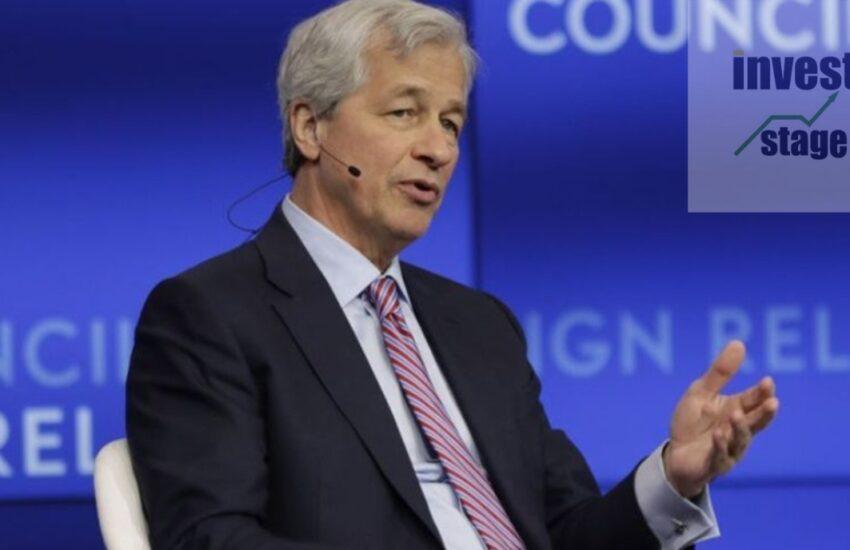Experts have drawn attention to the most reliable sign of an impending recession: the inverted yield curve. This is one of the main indicators of a recession, but not the only one to watch
Previous inversions preceded a recession by 2 years, which makes them difficult to use as an accurate indicator. During these 2 years, stocks sometimes performed well. De-inversion, or a re-increase in the steepness of the yield curve, usually precedes the onset of a recession.
Investors usually point to the inverted yield curve as a reliable signal that the economy is about to face a recession.
Since 1960, every time the yield curve of 10-year and 2-year US Treasury bonds inverted, when short-term bonds offered higher yields than long-term bonds, a recession followed.
There is another signal that investors should pay attention to, which historically signaled that a recession is on the horizon.
This signal is a change in the yield curve, or when short-term and long-term bonds return to higher yields with longer maturities.
“When the yield curve is not inverted, it signals the approach of a recession (within one year based on the last 3 recessions), while inversion indicates that problems are looming in the medium term, within a year,” said Brad MacMillan, Chief Investment Officer at Commonwealth.
Since the yield curve became negative in July of last year against the backdrop of a sharp increase in the interest rate by the US Federal Reserve, it has not inverted, at least until last week.
The 10-year and 2-year yield curve inverted by more than 1% on March 7, which was the sharpest turn since the 1980s. But the consequences of the Silicon Valley Bank crash led to a sharp drop in interest rates and the fastest 3-day yield curve change since 1982.
The yield curve has more than halved the inversion to negative 42 basis points this week, and if the Fed suspends the interest rate hike and short-term yields continue to fall, full yield curve non-inversion will be inevitable, signaling that a recession is already close.
There is another view: Peter Essele, head of portfolio management at Commonwealth Financial Network, believes that while the signal is worrying, it is not yet time to sell stocks. Economic cycles in the late stages often bring stable profits to investors. Only after the yield curve is fully inverted should investors start considering a change in strategy.




